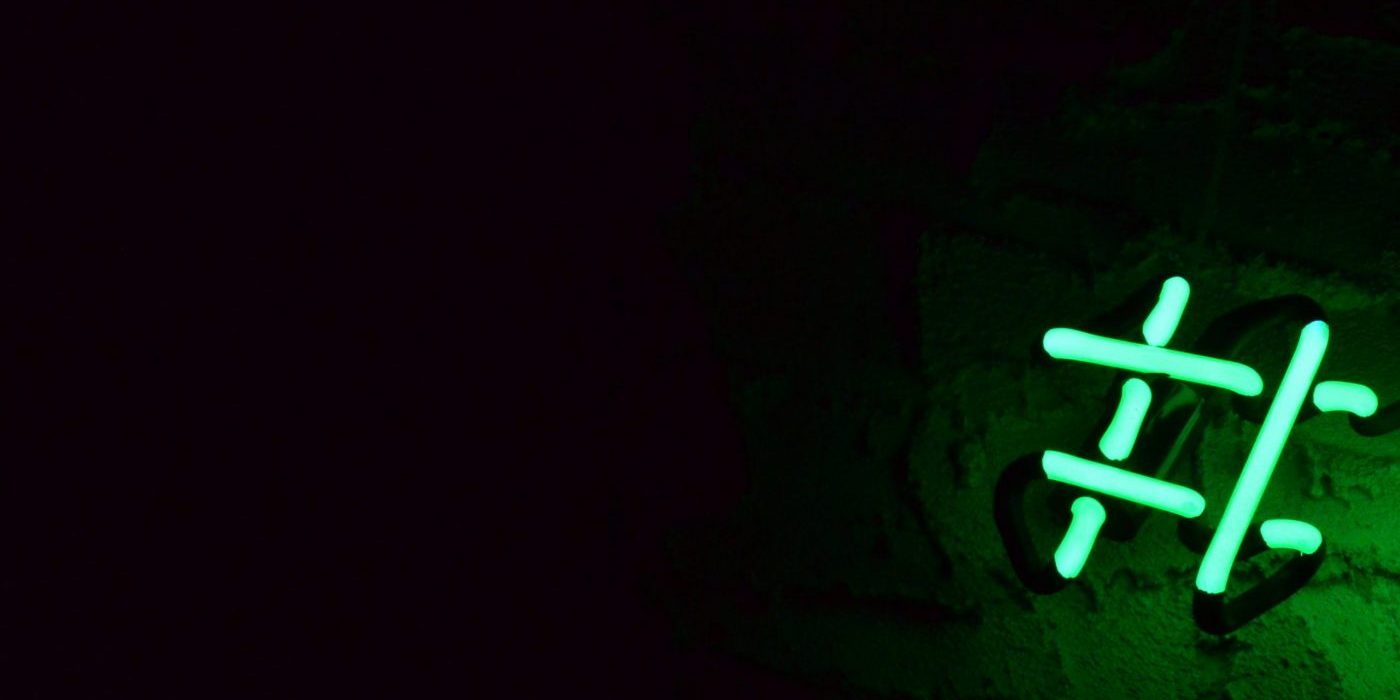
In fifteen short years, hashtags have gone from being a handy tool to keep up to date on local happenings, to a mainstream device used to amplify social movements. Something that serves both sides of the social media spectrum. From political revolutions to National Taco Day.
Back in the quaint days of internet dial-up the # symbol had a different name depending on where you grew up in the world. If you were raised in Britain or Ireland, it was called a hash. If you were raised in America or Canada, it was a pound or number sign. Nowadays, though, everybody calls it a hashtag.
With roots in programmer culture, the hashtag as we know it came about in 2007 when a blogger named Chris Messina suggested a tag to make the content surrounding the California wildfires more easily accessible. His simple suggestion would go on to make history.
The symbol became so recognisable and persuasive that it’s been vital in spreading the message of everything from the Arab Spring and the MeToo movement, right through to the Black Lives Matter phenomenon.
How did the hashtag come to be?
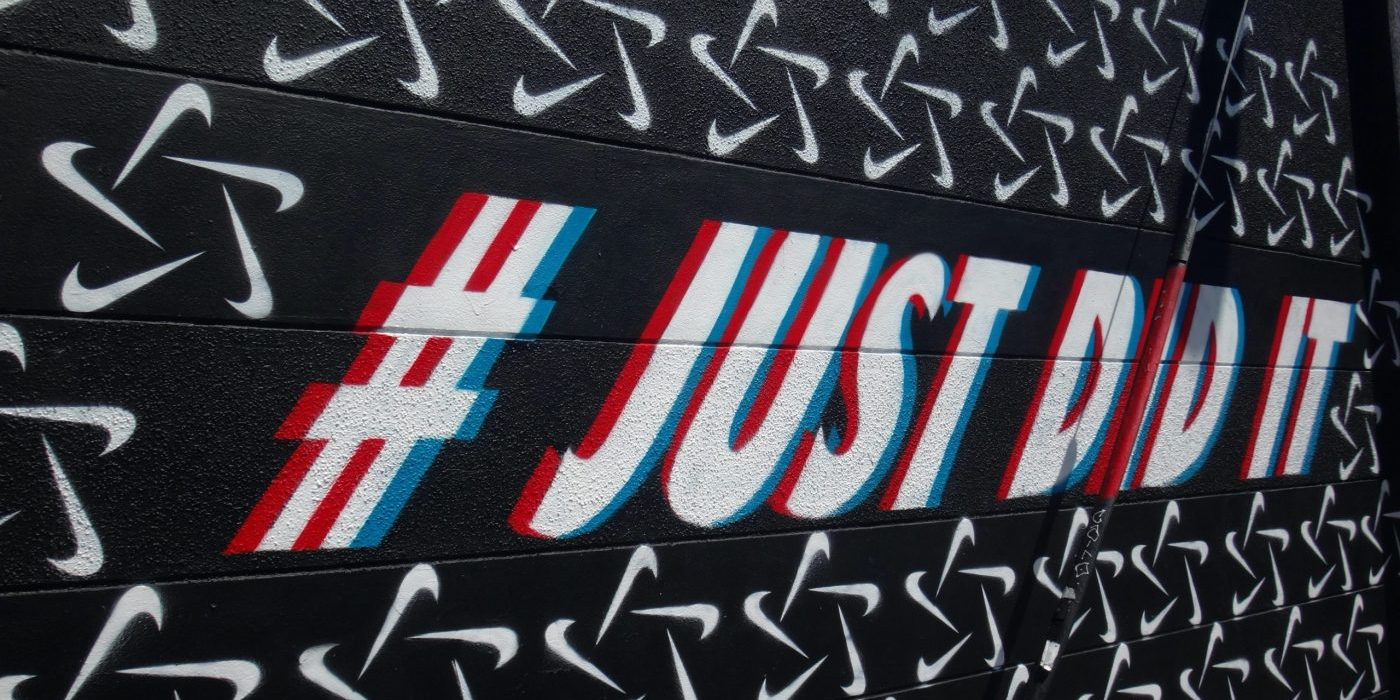
The hashtag as we know it now began on Twitter in 2007. In the early days, users complained that they were seeing too much irrelevant content. To combat this, American blogger Chris Messina proposed tweets about certain topics include a hashtag. “How do you feel about using # (pound) for groups. As in #barcamp [msg]?” he posted on August 23, 2007. Twitter dismissed his suggestion, saying hashtags were for “nerds.” Messina’s idea, though, had worked previously.
In 1988, Internet Relay Chat (IRC) first used a hashtag to label groups and topics that were available across the entire network. They were used to group similar messages and content to make life easier for those looking for relevant information.
This desire to source-specific information quickly re-emerged 19 years later in October 2007 during the California wildfires. As Twitter didn’t support the hashtag at the time, Messina reached out to California resident Nate Ritter who had been prolifically tweeting about the wildfires. Around this time, Messina noticed that SanDiegoFire was being used as a tag on Flickr. He then advised Ritter to include #SanDiegoFire on all appropriate tweets. Twitter 180’d. In 2009, they introduced a search tool to improve the access of hashtags. The following year, they started “Trending Topics”, which displayed the most popular hashtags at any given time.
Thanks to Messina and Ritter (and IRC), the hashtag became the stuff of internet legend. Such was their popularity that other platforms adopted them straight away. Some, like Instagram, employed them from day one of their 2010 launch. Facebook (in a move to rival Twitter) added them fairly late in 2013. Even Google+, Tumblr and Pinterest got in on the fun. If you were a social media company in the early 2010s and didn’t use hashtags, you weren’t really there.
The cultural impact of the hashtag

Ever since the first viral hashtag #SanDiegoFire, they’ve become increasingly helpful in spreading information about a news event taking place. Hashtags allow social media users to access a host of information by following just one link. Overnight, people were no longer limited to hearing the news through traditional means. It also gave them the power to create the news.
Through hashtags, users are not only encouraged to follow the news but contribute to it. Perhaps the biggest example of this is the #MeToo movement which saw thousands of women sharing stories of their sexual abuse or harassment in light of the allegation’s made against producer Harvey Weinstein. Later on, #TimesUp became another famous, if not infamous, hashtag. Over on Facebook, activist Alicia Garza propelled the #BlackLivesMatter to huge heights.
Hashtags, conversely, are also playful. More often than not, they’re a punchline to a self-effacing post. The triumphant exposure of holidays is also down to them. #NationalTacoDay, #PositiveThinkingDay, #NationalRelaxationDay and #CheerUpTheLonelyDay may never have been recognised by the public at large were it not for the hashtag. Along with these holidays, you have less frivolous ones like #InternationalWomensDay or #BlackHistoryMonth. On Twitter, a day rarely goes by without someone or something being celebrated through a #.
What may have the strangest cultural impact of hashtags, though, is how they crept into our daily speech. This may be an archaic or ironic thing to do in 2022, unless you’re a baby boomer, but not too long ago it was perfectly acceptable (if not funny) to respond to a friend’s uncomfortable anecdote by saying, “Hashtag awkward.” Humans were no longer speeding up just the things that they consume and create, but their language too.
Where did influencers come from?
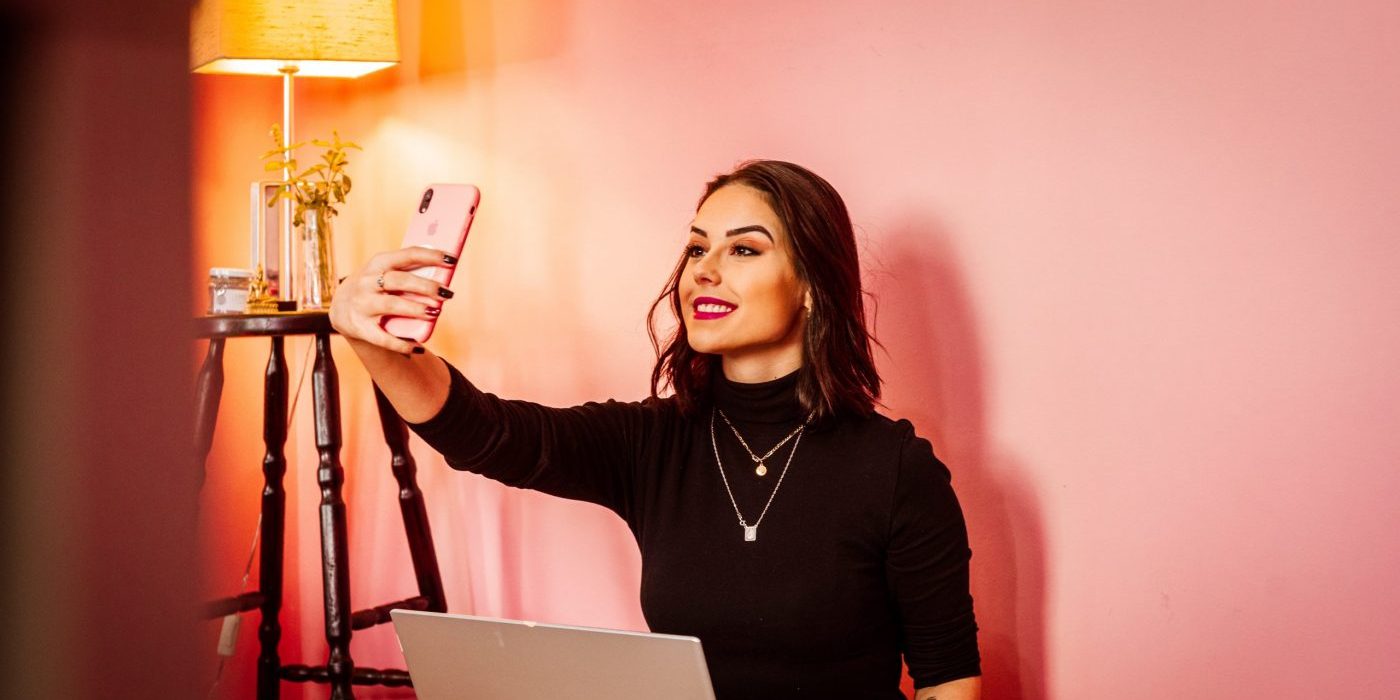
The chicken or the egg, influencers and hashtags. What came first? Technically, influencers, but their modern incarnation is purely down to the rise of the hashtag. Influencers didn’t exactly take advantage of hashtags. They were made by them. They may have been ditched in recent times by some of the big names, but there’s no doubting how pivotal a role they played in garnering that initial following. Before any of that, however, how about a quick rundown?
Influencers are by no means a modern phenomenon, dating way back to 1760 when a potter named Josiah Westwood created a seat set for Queen Charlotte, publicising himself as the “Potter of her Majesty.” The royal family’s stamp of approval deemed his title and brand as a staple so much that Westwood has been called the “father of modern marketing.”
Later on, in the 1920s, Coco Chanel rocked the fashion world by designing a little black dress and a pantsuit. This number was a versatile revolution. For the first time ever, women were able to use the same dress for both their day and evening looks, influencing the way women would dress around the globe forevermore. Then in 1984, Michael Jordan honed in the first celebrity endorsement deal with Nike by creating the wildly-popular Air Jordan sneakers. The deal saw Nike gain $70 million worth of sales in the first year alone.
The rate and consistency of influencers, however, reached its nadir with the dawn of social media. In 2010, Instagram was launched. This app gave users to ability to connect with one another just like Facebook and Twitter did. But thanks to it being an image-dominated medium, creators and consumers alike could began to take notice of the products they were using. In 2013, Instagram introduced the feature of paid advertisements, connecting brands to various now-influencers across the platform. Selling products had never been easier. By clicking one button, influencers could share what they were using or enjoyed and get paid for doing so.
Is there a generational divide on whether hashtags are cringe?
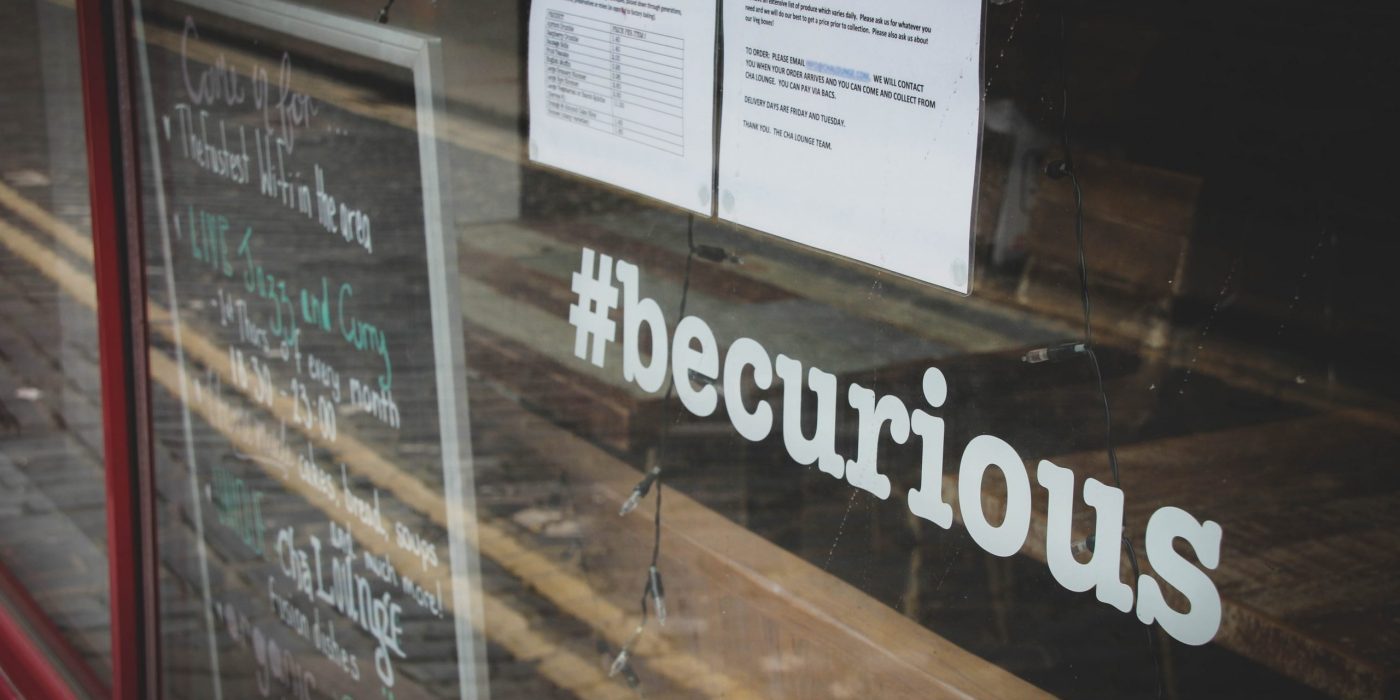
Hashtags are cringe. They’re 15 years old, and in internet years, that’s ancient. While they still remain in popular use in terms of social activism, the days of #YOLO and #Winning are thankfully dead and buried. If you still use these in 2022, you’re either doing it tongue in cheek or were born in the immediate aftermath of World War 2. Sorry, boomers.
A generational divide was heavily apparent with hashtags in their early days. In 2013, a Google survey conducted with 1,000 Americans found that 1 in 4 baby boomers supported teaching proper hashtag usage in schools. 68.5% of respondents aged 18–24 believed hashtags shouldn’t be taught in schools. Respondents over the age of 55 were also least likely to know what a hashtag is (25.5% didn’t know) compared to those under the age of 55 (17.6%).
The survey also found that there was a divide between urban/suburban and rural consumers. 80% of urban/suburban respondents knew what a hashtag was. In rural areas, nearly 1 in 3 respondents did not know what one was. Lucky ducks.
The bottom line is, while certain things may remain practical, they do not remain cool. Hashtags, like most internet lexicon, are too well-established at this point to be considered anything but cringe.
Are hashtags outmoded?
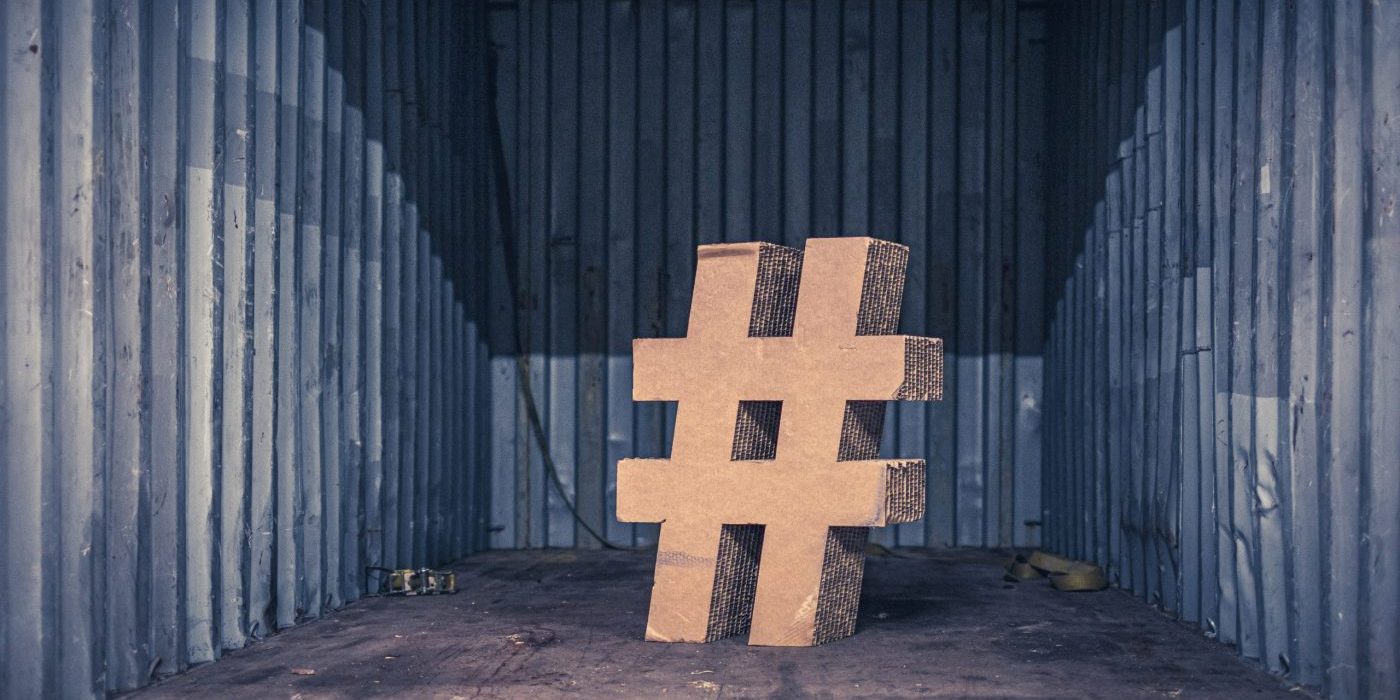
So what does the future hold for hashtags? After a few unrivalled years, they fell victim to their own intentions, attracting trolls and opponents of particular topics. Organised groups would exploit hashtags to locate their enemies and harass them, maybe even drive them off the platform.
Media research firm Zignal Labs corroborated the rise and fall of the hashtag by looking at how often certain generic hashtags were used between Twitter’s 2006 launch and May 2021. They found that the use of many hashtags including #fashion, #photo, #selfie, #travel, #food, #weekend, #fitness, #joke and #springbreak rose for several years, peaked and then declined. Only three, #christmas, #earthday and #nature, had continued to grow in popularity.
By the end of the 2010s, publications were ringing in the end of the hashtag. One marketing agency asked “Are hashtags dead?” in 2018. Two years later, another declared, “Hashtags Are Dead.” Instagram hashtags were reported to not increase engagement. It seemed like the fun was over. But then TikTok happened. TikTok, the good people they are, brought it back from the brink.
Hashtags are massively important on TikTok because the algorithm treats them as an important signal in determining what shows up in its main feed. If you’re wanting to make money off viral videos, you’re going to want to attach hashtags to them, regardless of whether they’re culturally outmoded or not. To this day, most viral challenges on TikTok are based around singular hashtags.
Are hashtags helpful on Instagram?
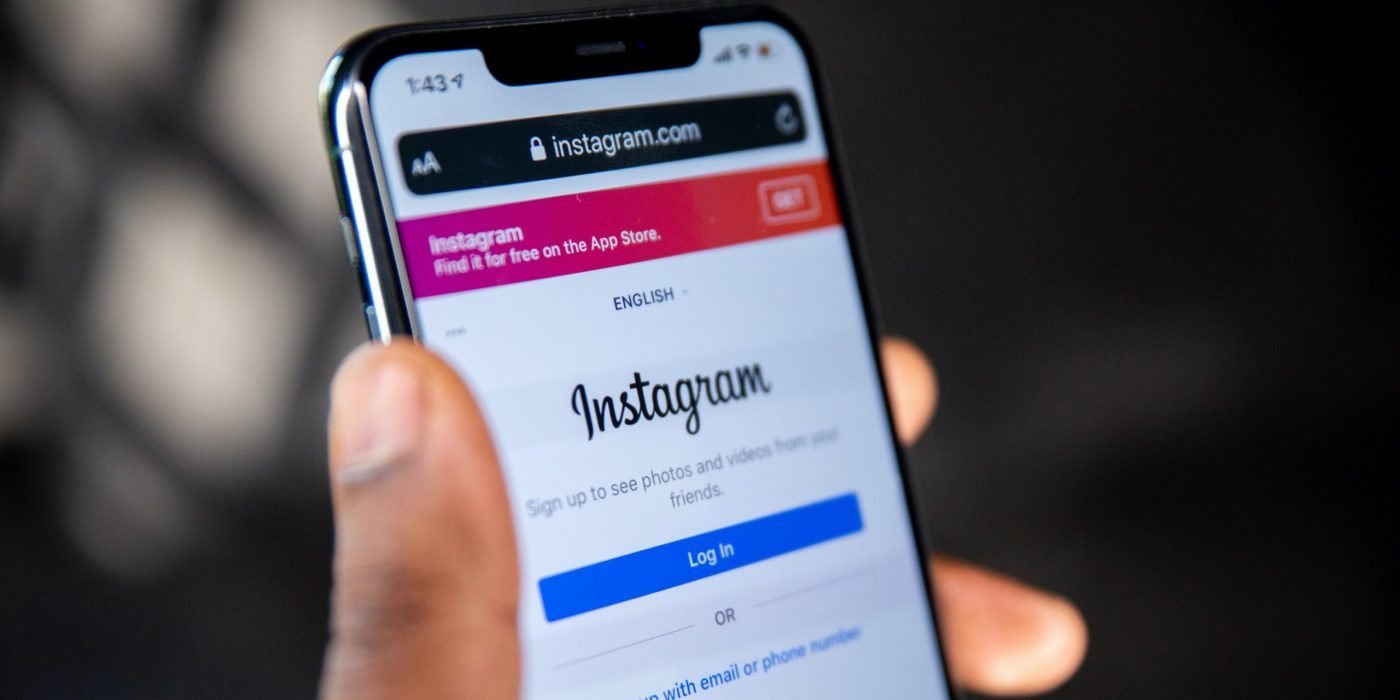
So are they really not useful on Instagram? They can be but only if you know what you’re doing. Socialinsider analysed over 75 million Instagram posts posted between March 2021 and March 2022 and found that the number of hashtags an Instagram post has does not influence distribution.
The highest average engagement rate by impressions (3.41%) is generated by posts with 3 to 4 hashtags, which isn’t too surprising. Instagram itself has said before that using between 3 to 5 hashtags to best way to deal with post distribution.
The researchers then added an additional parameter in “Follower Count” to ensure they were looking at equal comparisons. The data showed there aren’t any huge differences in the average impression rates of the Instagram posts analysed, though there are some nuances depending of the size of the following.
In the case of big accounts (50K and 1M followers), the impression rates decrease as they use more Instagram hashtags. The best method for big accounts is to use 3 to 4 hashtags to maximise their chances of reaching the average engagement rate by impressions of (3.42%). For smaller accounts, with 5K to 10K followers, more tags also results in decreased engagement, but the difference is not as pronounced. All in all, it’s advised that smaller accounts include fewer hashtags (5 to 6 hashtags) to achieve the best engagement rates.
Are hashtags helpful on TikTok?
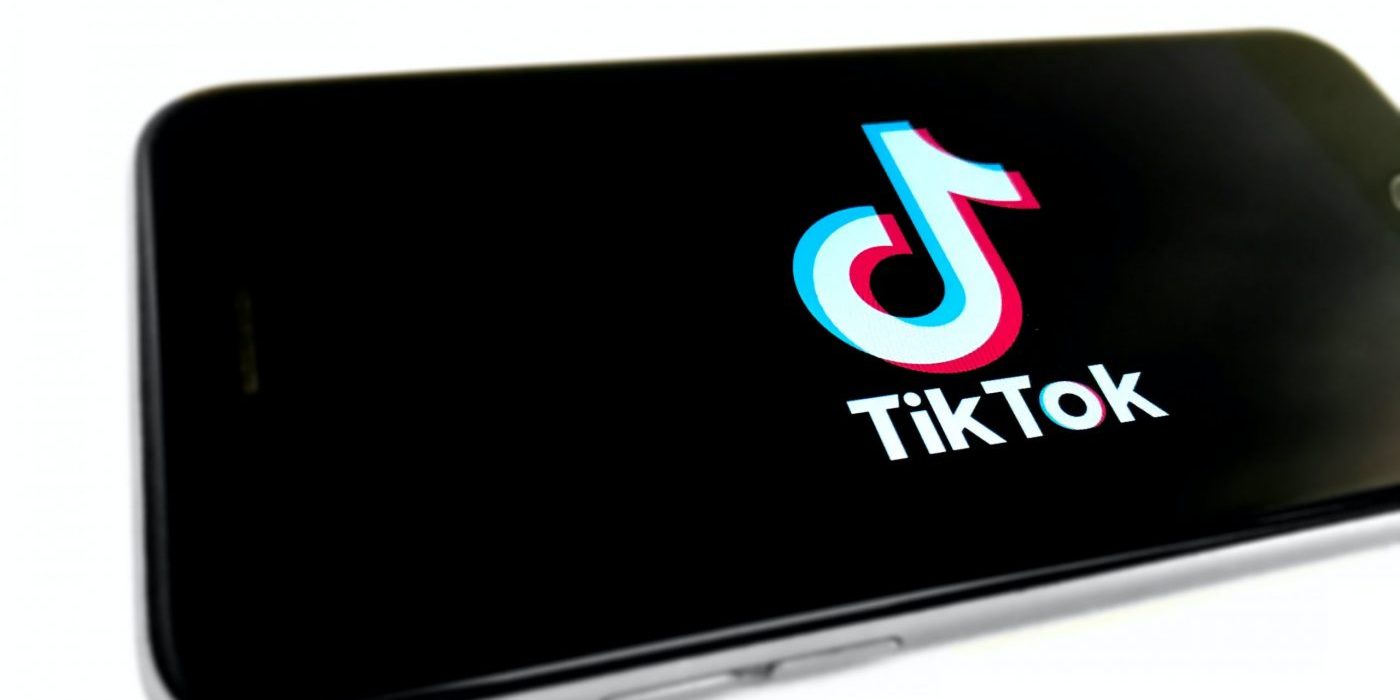
Although similar in many ways, on hashtags, Instagram and TikTok differ. For example, on Instagram there is a limit of 30 hashtags and 2200 characters to a single post. On TikTok, you have a limit of 100 characters and that includes hashtags. So you have to really be picky with which ones you use rather than spamming a whole bunch in there and hoping for the best.
Hashtags can vary in popularity week to week but some of the most common include #fyp, #foryoupage, #tiktokchallenge, #duet, #trending, #comedy, #savagechallenge, #tiktoktrend, #levelup and #featureme.
Payment per posts can be anything from $10 to $10,000. It all depends on your following, your likes, your content itself. Are you a dancer? Do you film pranks? Are you a make up artist? Find a niche and upload consistently. Hashtags will help you no end.
Unlike Instagram, TikTok has created many online communities thanks to the hashtag. These include Cottagecore, WitchTok, BookTok. SkaterTok, SwordTok and Goblincore. All of these are easily accessible through the use of hashtags on the Discover page.